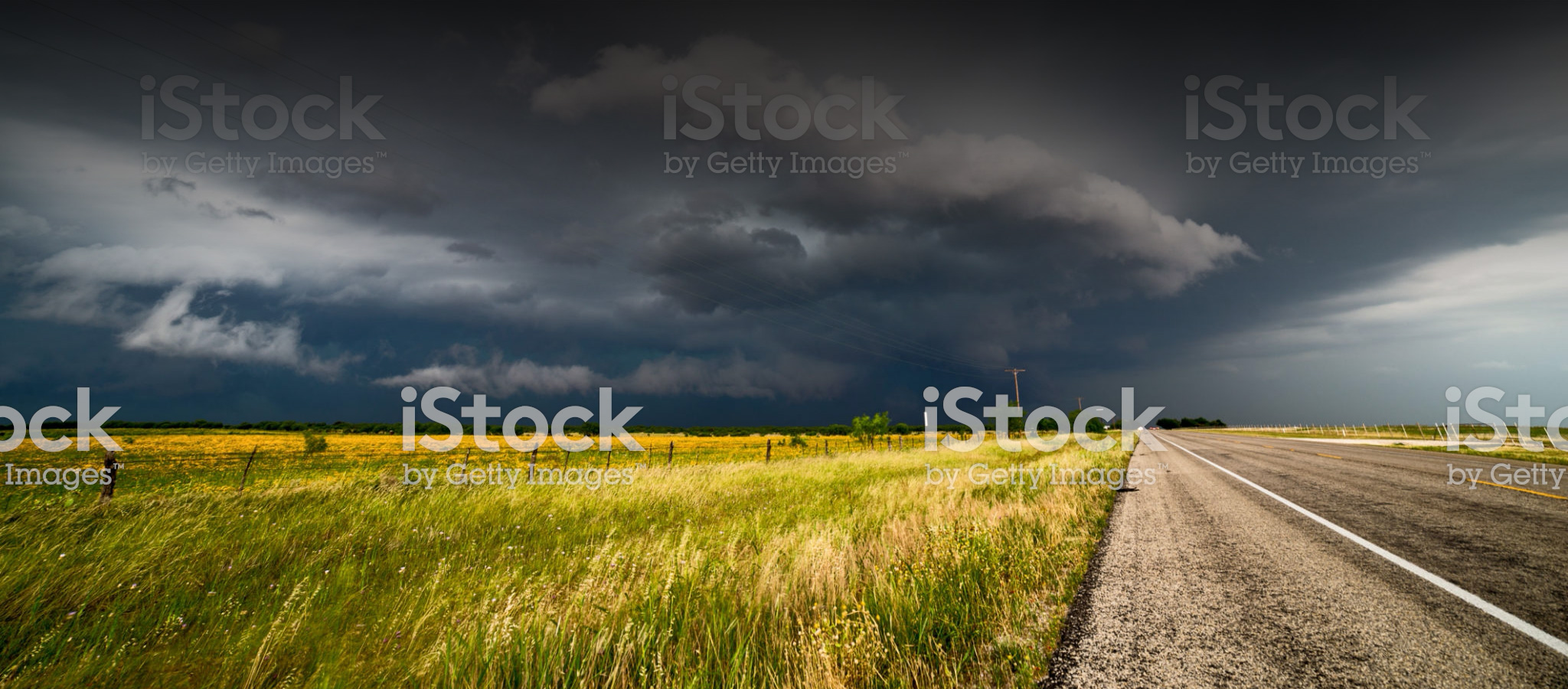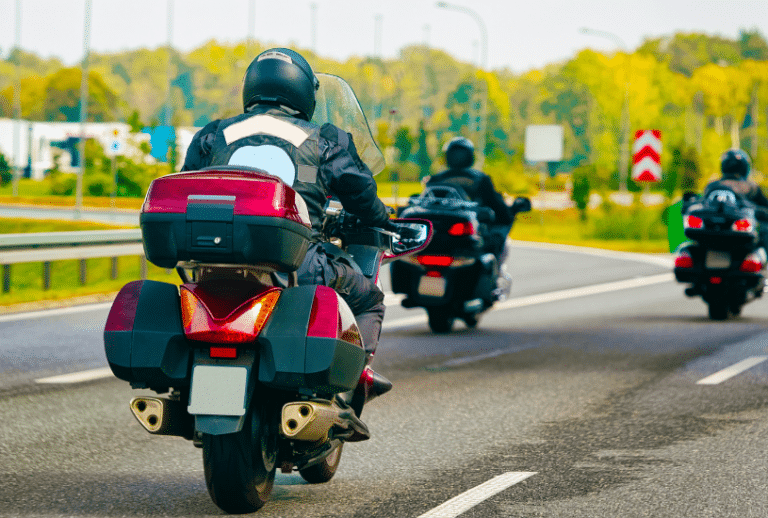Tips for Riding a Motorcycle in Houston
With tons of summer sunshine and moderate winter temperatures, Houston beckons motorcyclists to travel its highways 12 months a year. Outside the Houston metro area,…

You’ve probably heard of the saying “Dress for the slide, not for the ride.” Here at Law Tigers, we fully support that line of thinking. Even if you never plan to get hurt, you never know what will happen. The right motorcycle safety gear can protect you in the event of a fall by saving you from painful burns, cuts and other injuries.
Consider this fact: You lose 1mm of skin for every 1mph you ride over 30mph if you make impact with a road surface. Now imagine falling off your bike going 60mph. You don’t have to be a math expert to figure out that you’d be in serious trouble if you weren’t wearing quality protective gear.
Wearing proper gear protects you, while also providing comfort in extreme weather conditions. It helps you stay dry when it’s rainy, warm when it’s cold, and cool when it’s hot. Yes, good riding gear can be expensive, but your comfort and safety are priceless.
The helmet is the most important component of your riding gear. Not wearing one when you ride is extremely dangerous, as well as wearing the wrong one. Here’s how to know your helmet is the right size: it fits comfortably around your head while also keeping it stabilized. If there is pinching or pressure points, it’s too small, and if it seems loose, it’s too large. If the helmet comfortably stays put, it’s a good fit. Keep in mind that just as every head is a different shape, so are helmets. Be patient when looking around as you will likely have to try on several before you find one that fits your head shape. Your helmet should have a decent ventilation system as well to prevent overheating in warm weather. We recommend you buy a helmet that is Snell certified, meaning the helmet has successfully passed anti-puncture strength testing in a one-time crash. These helmets will be the most durable and protective. Make sure to replace your helmet every 5 years, as they wear down and become less protective over time.
If you don’t ride with a full-face helmet, your eyes are exposed to the sun and debris in the air. In addition to keeping dirt, dust, and bugs out of your eyes, wearing eye protection while riding is required by law in many states. We recommend that you have a pair for both day riding (tinted with UV protection) and night riding (clear). Many riders prefer glasses with foam around the rim because it keeps wind out of their eyes. It is also important that your glasses have comfortable straps, a good range of peripheral vision, and fit well underneath your helmet.
Motorcycle jackets should fit snug to stay on if you slide off of your bike. However, they should not constrict movement. They should have extra protective padding and stronger seams on the upper back, shoulders, and elbows. Jackets with removable lining allow you to adjust the insulation properties depending on warm or cool weather. If you ride in a warm region, investing in a jacket with mesh panels allows constant ventilation which will cool you down significantly when the weather is hot.
Our hands instinctively try to catch our falls, so protection is essential for taking the brunt in the event of an accident. The most sturdy and durable gloves are full grain leather, and have extra material around the palm and knuckles. They should also allow plenty of air flow to prevent sweat and ensure a tight grip. Like a good jacket, a good pair of gloves will be snug, but flexible enough for your fingers to move around with ease. The longest lasting pairs have strong construction at the seams. Most importantly, make sure they tighten easily at the wrist and have a strong hold; you don’t want those moving and exposing your palm to asphalt.
Motorcycle pants are much stronger and sturdier than casual pants. Most are denim, Kevlar, ballistic nylon, or leather. All have different weights and maximum resistance against tear and abrasion. The heavier the material, the more protection provided. If you’re looking for textile, Cordura is a good option. Strong stitching and abrasion resistance play a critical role in protecting your legs from an impact with asphalt. Some motorcycle pants have additional riding-specific features, including weatherproof exterior, extra pockets, or reflective material.
Lastly, you will need a solid pair of boots for support, protection, and traction. Leather is the most popular material for boots, and for good reason; it holds up well to high winds, water, and snow. Make sure to invest in boots that have a Vibram sole, as rubber soles can melt in the heat and tend to break down easily. The bottom of the boot should have a decent tread to provide traction. Be sure that your motorcycle boots fit well, and are comfortable. There should be no pinching, and you should be able to step in and out of them with ease.
With tons of summer sunshine and moderate winter temperatures, Houston beckons motorcyclists to travel its highways 12 months a year. Outside the Houston metro area,…Helping Riders For Decades
Additional Motorcycle Accident Resources

Law Tigers Blog
View All Blogs

Tips for Riding a Motorcycle in Houston